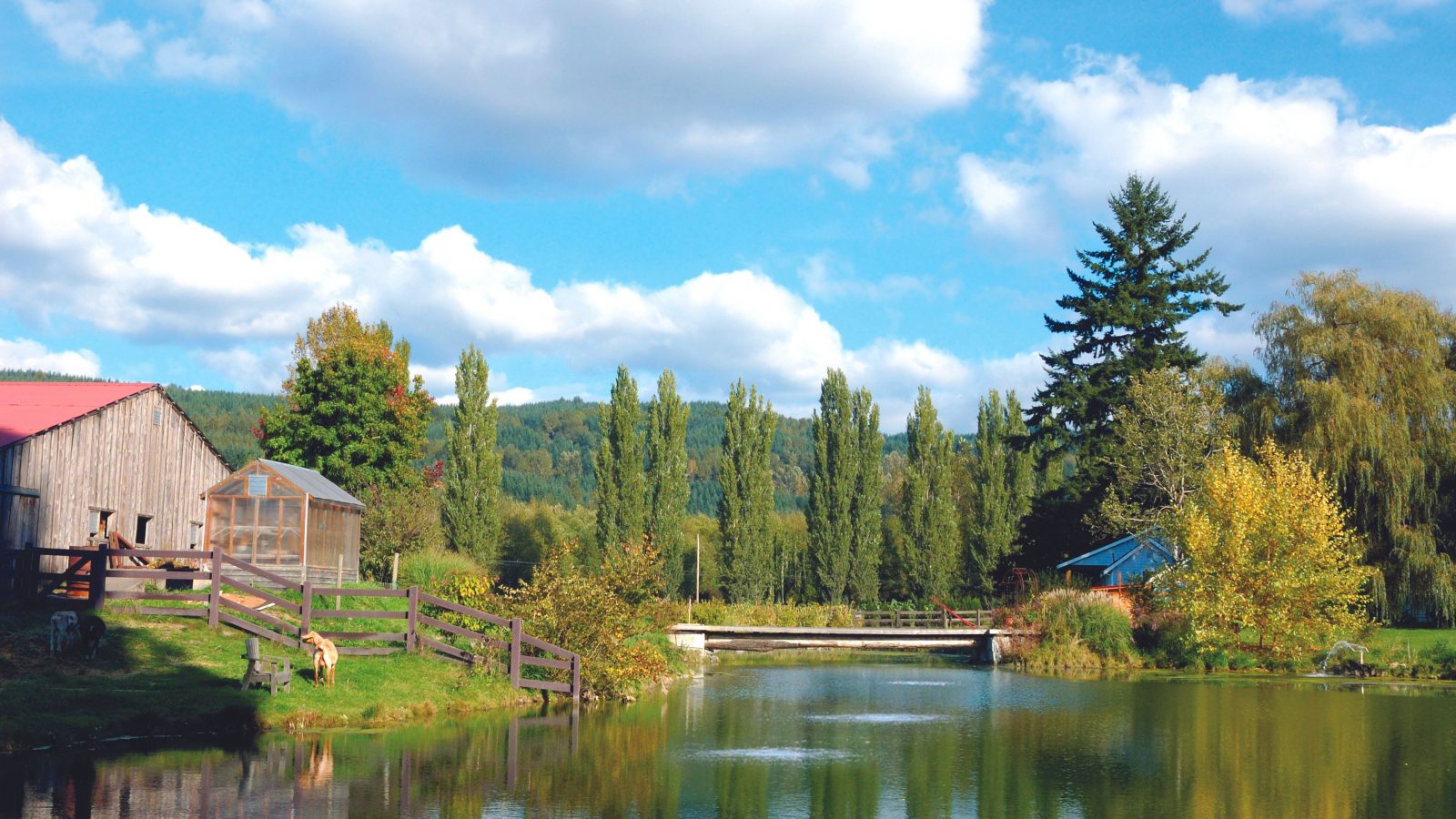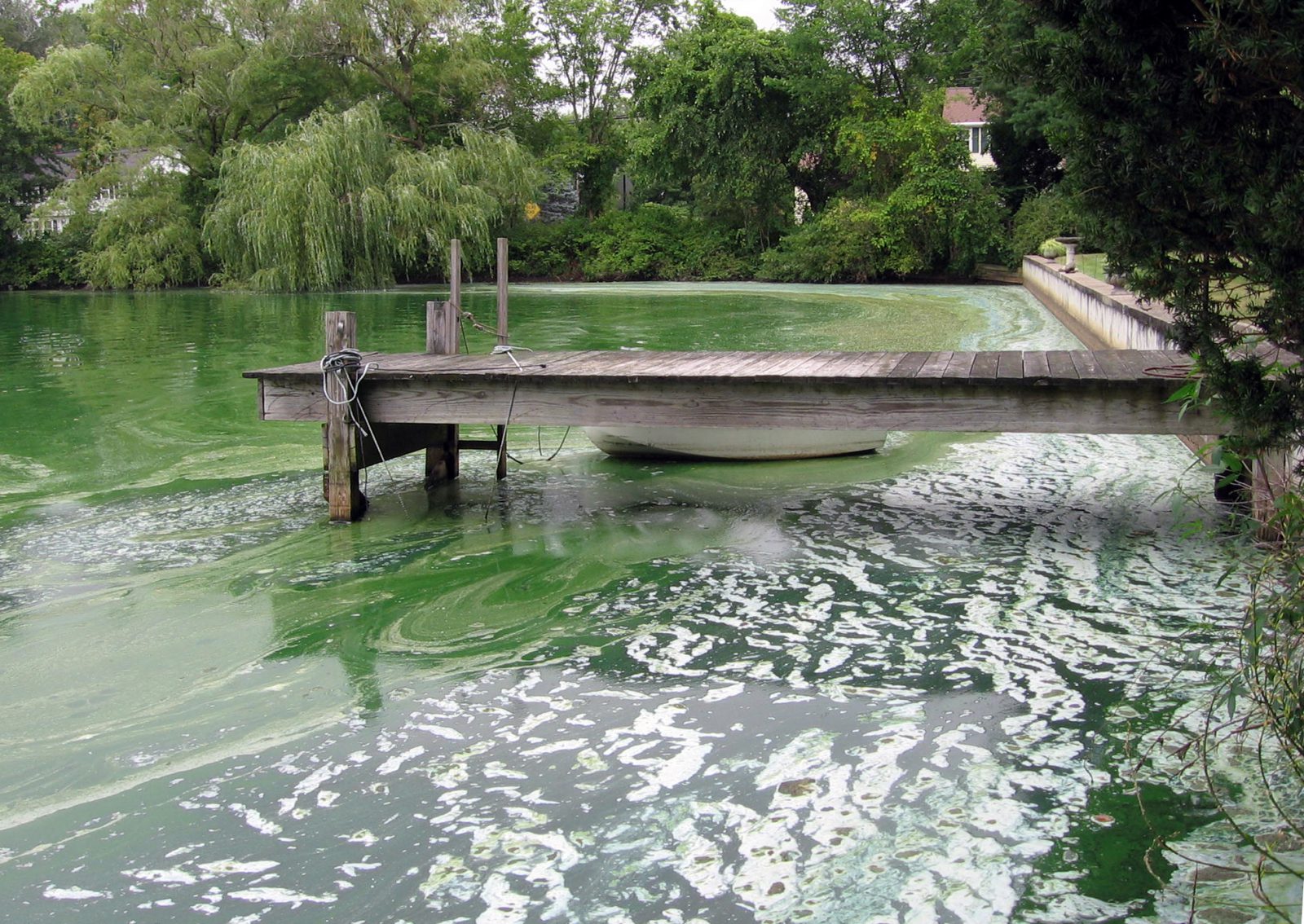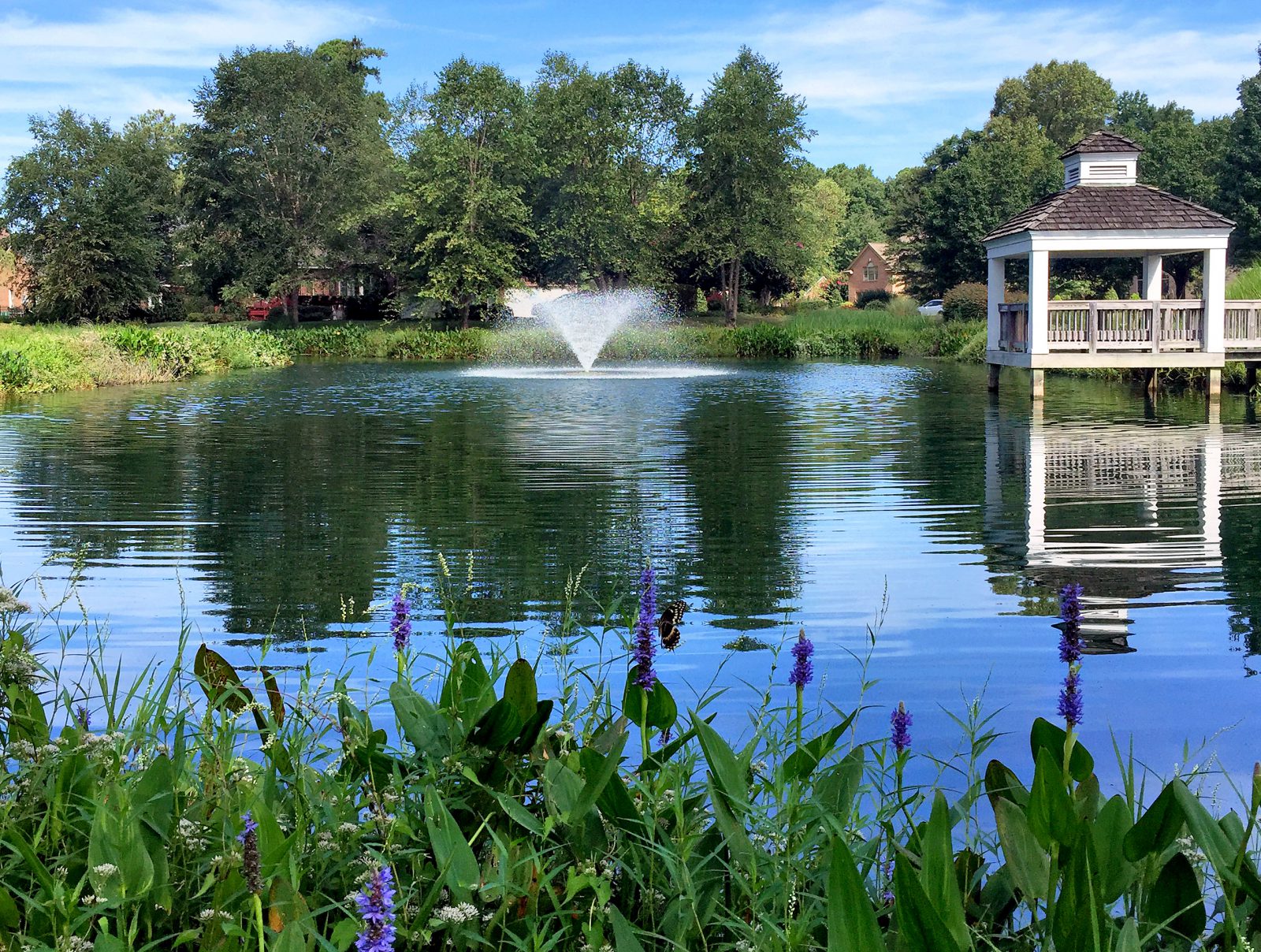
The Importance of Understanding Your Watershed
Did you know that everyone on this planet lives in a watershed? A watershed, defined, is any amount of land that collects water through precipitation and transports it to a common outlet. That common outlet could be a stream, river, reservoir, lake or even a large bay like the Chesapeake Bay. A watershed is simply a term used to describe a transitional downhill area that water collects and flows through to reach its destination, including groundwater. The topography of the land, through elevated ridges, outlines the edge of each watershed, and small sub-watersheds can combine to form larger watersheds. Everything we do affects our watershed and our watershed affects the quality of all life within it and beyond, which makes it critically important to understand our impact on surrounding freshwater ecosystems.
Water traveling through the watershed is altered in numerous ways throughout its journey. Surface runoff, creeks and ditches pick up all types of organic and inorganic materials. Harmful pollutants, like chemicals, fertilizers and waste are transported into streams and waterbodies throughout the entire watershed, negatively impacting all life along the way. Nutrient pollution, primarily by phosphorous and nitrogen, can disrupt natural life cycles and bio-diversity in every habitat that they touch by fueling the growth of nuisance aquatic weeds and algae that the ecosystem cannot naturally manage. For example, cyanobacteria, commonly referred to as blue-green algae, thrive on phosphorous-rich water and can form harmful, potentially-toxic blooms that can endanger wildlife, pets and humans. Exposure to harmful algal blooms has been linked to the development of degenerative diseases like ALS, Alzheimer’s and Parkinson’s disease.

The Impact of Urbanization On Our Watersheds
Prior to heavy urban development and widespread industrialization, nature was able to clean and filter water through a long and stable process. Through soil infiltration, plant transpiration and evaporation, water was purified sufficiently to achieve a lasting balance. Development disrupts the process through soil removal, compaction and the addition of acres of hard, impervious surfaces that increase water velocities and erosive forces. As the world continues to develop, so has our understanding of this delicate balance. We have learned that we can manage surface water at various stages in its cycle, including each pond and lake along its journey, to make it much less disruptive when it enters into our rivers, reservoirs and bays. We have also learned that we have many opportunities to intercept and mitigate nutrient pollution long before it becomes catastrophic to our most precious resources, sanctuaries and livelihood through stormwater management techniques and facilities.
Lakes and ponds are one of the most critical points of interception in our watershed because they exist at locations where a lot of water is contained in a relatively small area and the speed of discharge can be regulated. These points offer the best opportunity to remove excess nutrients and sediment from the water with a large array of methods, including pond aeration, nutrient mitigation products, organic waste removal, biological augmentation (beneficial bacteria infusion), invasive species management, and sediment settling.

6 Ways to Prevent Pond Nutrient Pollution
Though extremely effective, sustainable lake and pond management is not the only way to proactively improve the output of our watershed. The following cultural practices can also prevent a lot of nutrient pollution and chemical translocation before impurities even have a chance to leave the community:
- Use fertilizer without phosphorus and avoid over-fertilizing. Different types of fertilizer serve different purposes, so be sure to follow the directions on the label for safe and proper application.
- Regularly rake and bag leaves, lawn clippings and organic waste to prevent them from flowing in to stormwater facilities and over-burdening pipes and conduits.
- Use environmentally-friendly detergents and cleaners when washing vehicles and pressure-washing houses. Look for soaps that are formulated to be biodegradable.
- Create landscaping swales (natural filtering systems) around storm drains and impervious surfaces to prevent erosion and help intercept water. Native flowering vegetation, pebbles and river rocks serve as excellent infiltration media when lined along walkways, driveways and stormwater facilities.
- Deter pets and geese from entering waterbodies. An adult Canada goose can produce up to 2 pounds of droppings each day, which may significantly increase nutrient levels in a short period of time.
- Improve lawncare and community gardening practices by planting vegetative buffers to help decrease soil and nutrient run-off.
It cannot be overstated how much watershed management determines the quality of life and the balance of nature. From direct impacts on crabbing, fishing and farming yields to property value, outdoor recreation and flood damage, watershed effects and consequences really are A to Z. Everyone should consider themselves a steward of water (and the environment in general). Improving the water quality of nearby lakes, ponds, rivers and streams will go a long way in protecting regional assets and local wildlife—not to mention all the unseen positive effects down the road and into the future.
SOLitude Lake Management is a nationwide environmental firm committed to providing sustainable solutions that improve water quality, enhance beauty, preserve natural resources and reduce our environmental footprint. SOLitude’s team of aquatic resource management professionals specializes in the development and execution of customized lake, pond, wetland and fisheries management programs that include water quality testing and restoration, nutrient remediation, algae and aquatic weed control, installation and maintenance of fountains and aeration systems, bathymetry, mechanical harvesting and hydro-raking, lake vegetation studies, biological assessments, habitat evaluations, and invasive species management. Services and educational resources are available to clients nationwide, including homeowners associations, multi-family and apartment communities, golf courses, commercial developments, ranches, private landowners, reservoirs, recreational and public lakes, municipalities, drinking water authorities, parks, and state and federal agencies. SOLitude Lake Management is a proud member of the Rentokil family of companies in North America.









